
Rabbit Anti-LIM kinase 1 + 2 antibody
LIM kinase 1+2; LIMK1+LIMK2; LIM domain kinase 1; LIM domain kinase 2; LIMK1; LIMK2;LIMK1_HUMAN; LIMK2_HUMAN.
View History [Clear]
Details
Product Name LIM kinase 1 + 2 Chinese Name 单丝氨酸蛋白激酶1+2抗体 Alias LIM kinase 1+2; LIMK1+LIMK2; LIM domain kinase 1; LIM domain kinase 2; LIMK1; LIMK2;LIMK1_HUMAN; LIMK2_HUMAN. Research Area Cell biology Neurobiology Signal transduction Cytoskeleton Epigenetics Immunogen Species Rabbit Clonality Polyclonal React Species Human, Mouse, Rat, (predicted: Dog, Pig, Horse, Rabbit, Sheep, ) Applications WB=1:500-2000 ELISA=1:5000-10000 IHC-P=1:100-500 IHC-F=1:100-500 ICC=1:100-500 IF=1:200-800 (Paraffin sections need antigen repair)
not yet tested in other applications.
optimal dilutions/concentrations should be determined by the end user.Theoretical molecular weight 72, 73kDa Cellular localization The nucleus cytoplasmic Form Liquid Concentration 1mg/ml immunogen KLH conjugated synthetic peptide derived from human LIM kinase 1 + 2: 365-470/647 Lsotype IgG Purification affinity purified by Protein A Buffer Solution 0.01M TBS(pH7.4) with 1% BSA, 0.03% Proclin300 and 50% Glycerol. Storage Shipped at 4℃. Store at -20 °C for one year. Avoid repeated freeze/thaw cycles. Attention This product as supplied is intended for research use only, not for use in human, therapeutic or diagnostic applications. PubMed PubMed Product Detail LIMK 1 and 2 likely regulate aspects of the cytoskeleton, through control of the organization of actin filaments. They can phosphorylate an actin-binding protein, cofilin which binds to actin monomers and polymers and promotes the disassembly of actin filament.The phosphorylation of cofilin via LIMK inactivates this potential. LIMK1 is highly active in the brain and spinal chord, where it is believed to be involved in the development of nerve cells whilst LIMK2 is ubiquitously expressed in many adult tissues. LIMK1 may play an important role in areas of the brain that are responsible for processing visual-spatial information (visuospatial constructive cognition). These parts of the brain are important for visualizing an object as a set of parts and performing tasks such as writing, drawing, constructing models, and assembling puzzles. LIMK1 is specifically stimulated by Rac, one of the Rho family proteins, while LIMK2 activity is activated under the control of other Rho family members, Rho and Cdc42, suggesting that two distinct pathways exist in the Rho family driven actin cytoskeleton dynamics.
Function:
Protein kinase which regulates actin filament dynamics. Phosphorylates and inactivates the actin binding/depolymerizing factor cofilin, thereby stabilizing the actin cytoskeleton. Stimulates axonal outgrowth and may be involved in brain development. Isoform 3 has a dominant negative effect on actin cytoskeletal changes.
Subunit:
Interacts (via LIM domain) with the cytoplasmic domain of NRG1 (By similarity). Interacts with NISCH (By similarity). Interacts with RLIM and RNF6 (By similarity). Self-associates to form homodimers. Interacts with HSP90AA1; this interaction promotes LIMK1 dimerization and subsequent transphosphorylation. Interacts with CDN1C. Interacts with SSH1. Interacts with ROCK1.
Subcellular Location:
LIMK1 Cytoplasmic LIMK2 Cytoplasmic and Nuclear. Isoform LIMK2a is distributed in the cytoplasm and the nucleus, and isoform LIMK2b occurs mainly in the cytoplasm and is scarcely translocated to the nucleus.
Tissue Specificity:
Highest expression in both adult and fetal nervous system. Detected ubiquitously throughout the different regions of adult brain, with highest levels in the cerebral cortex. Expressed to a lesser extent in heart and skeletal muscle.
Post-translational modifications:
Autophosphorylated (By similarity). Phosphorylated on Thr-508 by ROCK1 and PAK1, resulting in activation. Phosphorylated by PAK4 which increases the ability of LIMK1 to phosphorylate cofilin. Phosphorylated at Ser-323 by MAPKAPK2 during activation of VEGFA-induced signaling, which results in activation of LIMK1 and promotion of actin reorganization, cell migration, and tubule formation of endothelial cells. Dephosphorylated and inactivated by SSH1. Phosphorylated by CDC42BP.
Ubiquitinated. 'Lys-48'-linked polyubiquitination by RNF6 leads to proteasomal degradation through the 26S proteasome, modulating LIMK1 levels in the growth cone and its effect on axonal outgrowth. Also polyubiquitinated by RLIM
DISEASE:
Note=LIMK1 is located in the Williams-Beuren syndrome (WBS) critical region. WBS results from a hemizygous deletion of several genes on chromosome 7q11.23, thought to arise as a consequence of unequal crossing over between highly homologous low-copy repeat sequences flanking the deleted region.
Similarity:
Belongs to the protein kinase superfamily. TKL Ser/Thr protein kinase family.
Contains 2 LIM zinc-binding domains.
Contains 1 PDZ (DHR) domain.
Contains 1 protein kinase domain.
SWISS:
P53667
Gene ID:
3984
Database links:Entrez Gene: 3984 Human
Entrez Gene: 16885 Mouse
Omim: 601329 Human
SwissProt: P53667 Human
SwissProt: P53668 Mouse
Unigene: 647035 Human
Unigene: 15409 Mouse
Unigene: 11250 Rat
Product Picture
Bought notes(bought amounts latest0)
No one bought this product
User Comment(Total0User Comment Num)
- No comment
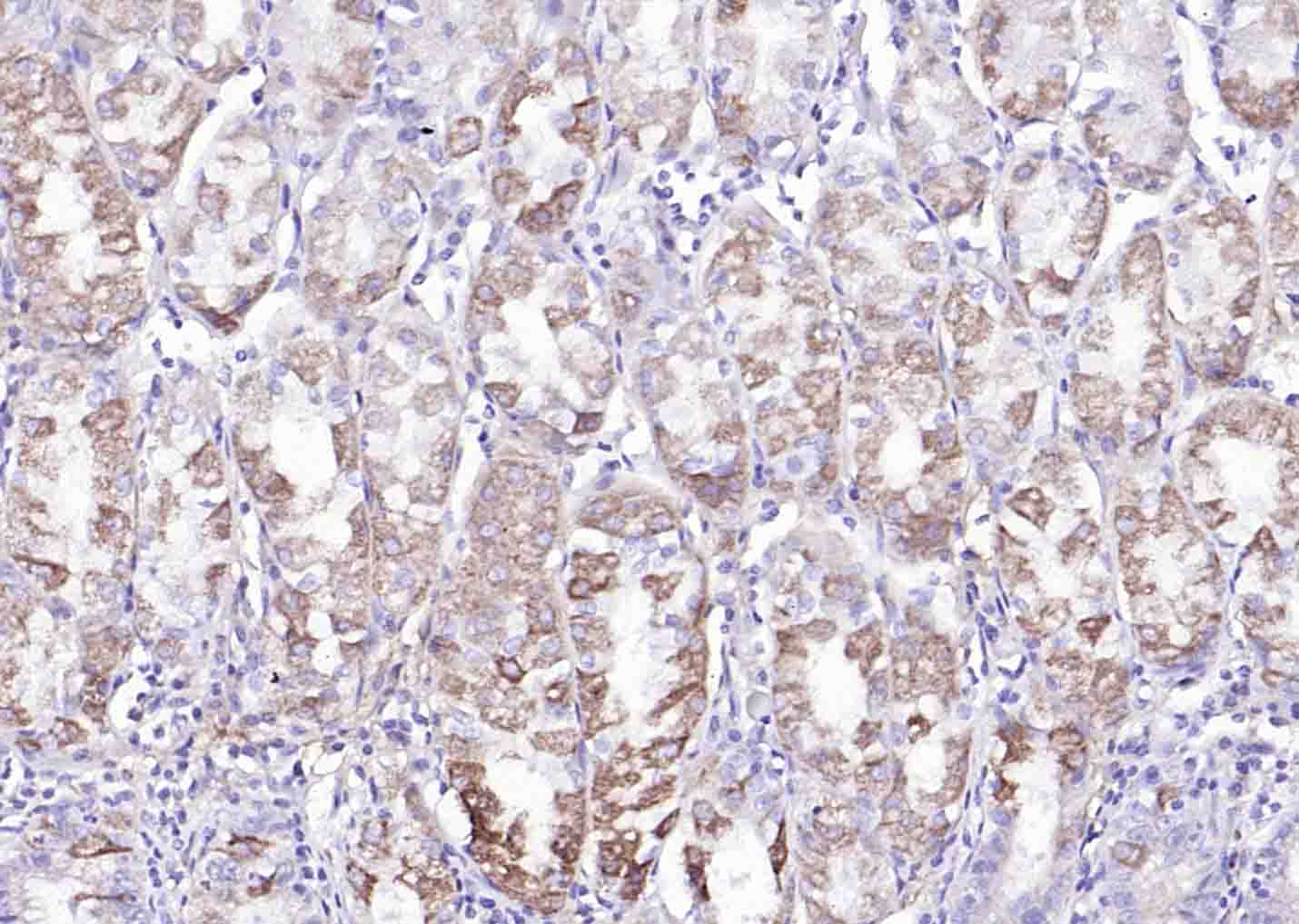
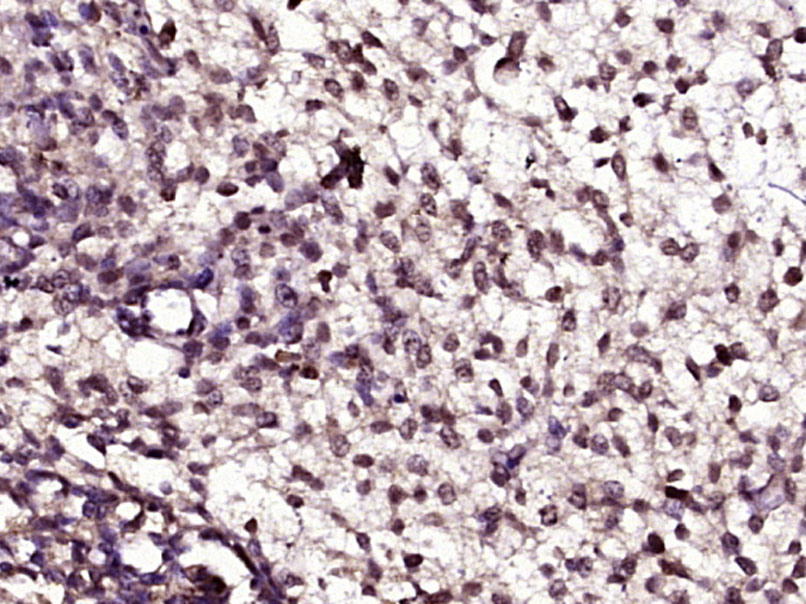
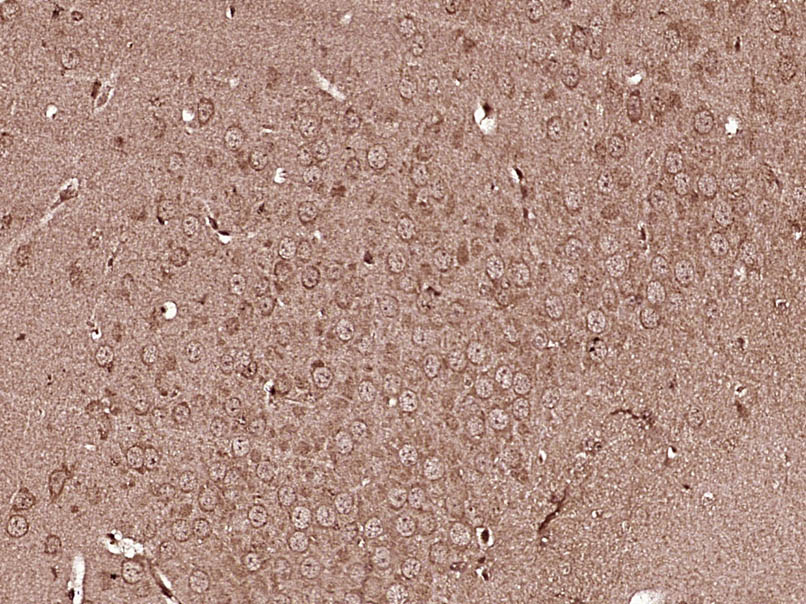
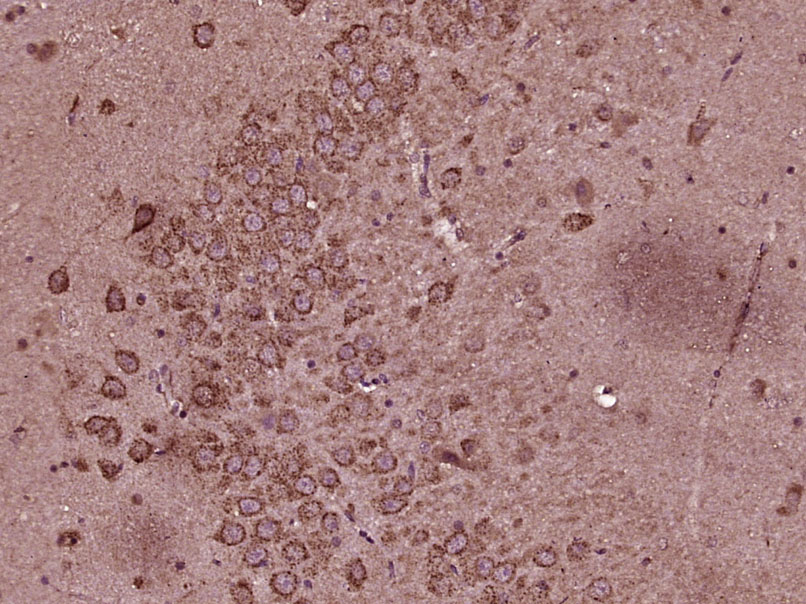
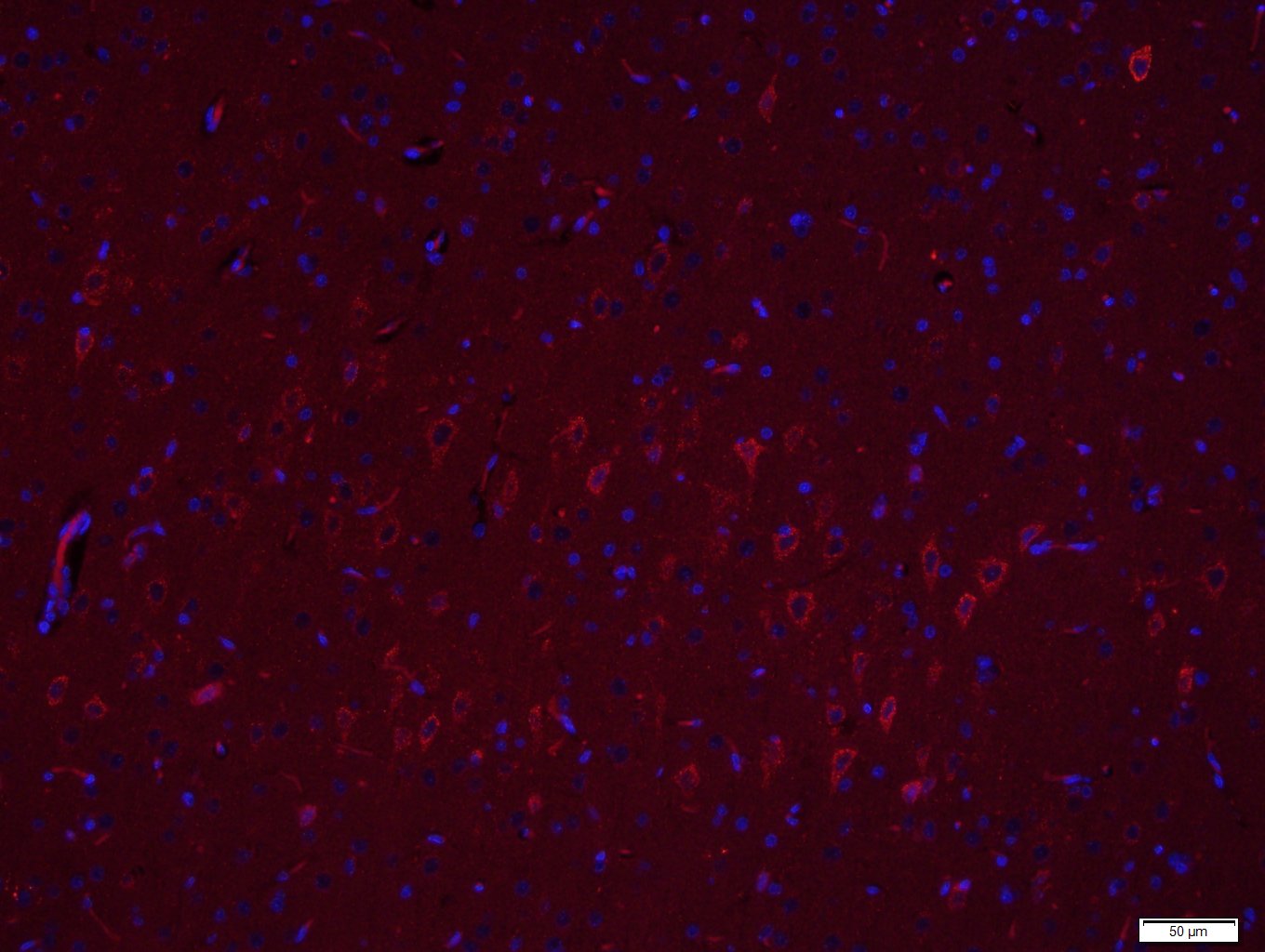
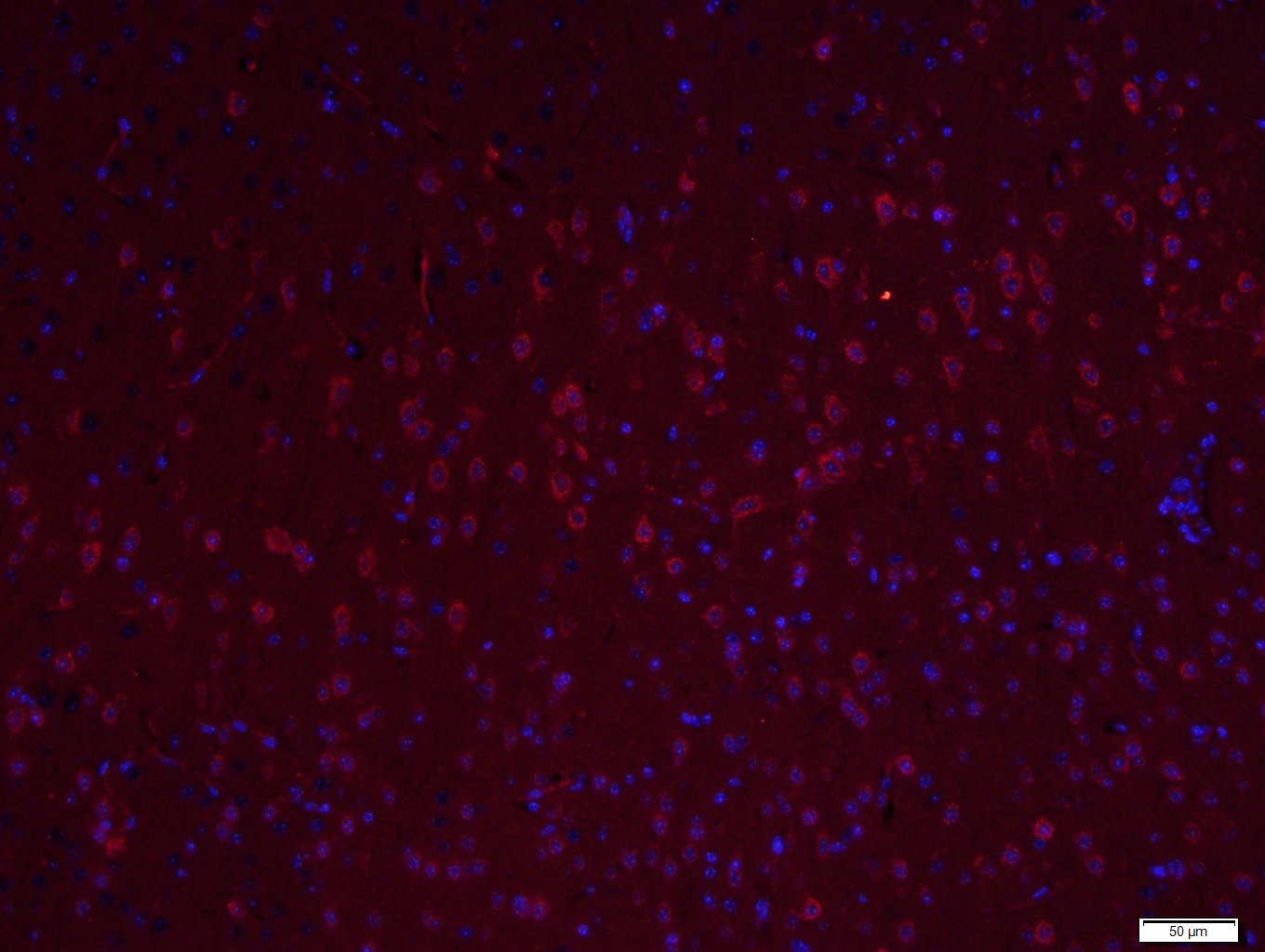


 +86 571 56623320
+86 571 56623320
 +86 18668110335
+86 18668110335

